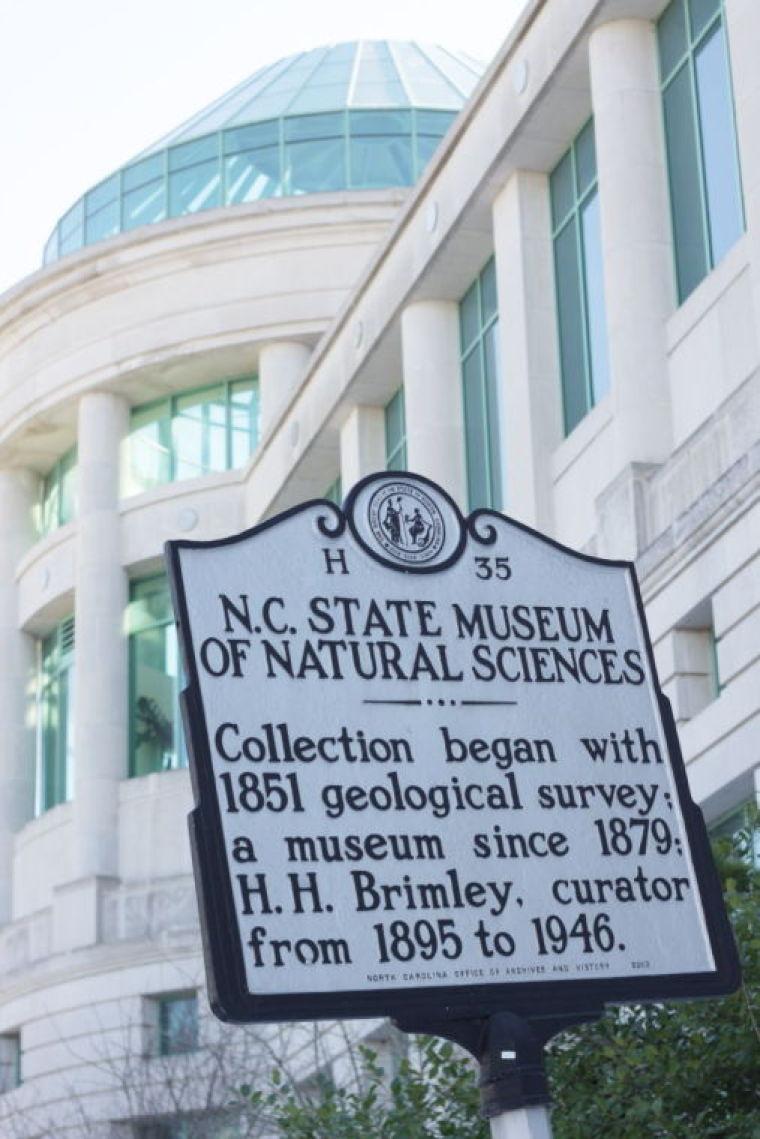The North Carolina Museum of Natural Sciences and N.C. State have created a give-and-take relationship where the museum gives University-generated research a public platform for presentation.
Lindsay Zanno, who works at N.C. State as an assistant research professor of biology, is also the paleontology lab director for the museum. She said both institutions are able to assist the other in various ways.
“N.C. State provides my program with the opportunity to take postdoctoral students, graduate students and undergraduate students as well as to teach classes,” Zanno said.
In addition, Zanno said the museum provides the University with an opportunity to conduct a public extension of its research where faculty members can give presentations, develop public programs and create interactive models of their research.
“A typical grant involves how the research will be communicated to the public, so the museum provides a vector for university faculty in their grant writing to be able to demonstrate to public agencies that they are doing public extension,” Zanno said.
An example of such collaboration would be a $7.3 million grant given to N.C. State last year, where the museum was named a partner, according to Kimberly Kandros, the director of grants at the museum.
Kandros said the grant involves the two organizations developing projects that are designed to train teachers and students about the scientific research process.
According to Zanno, the main benefit of this relationship is providing an innovative component to her graduate program at N.C. State, where students working in the museum will be able to communicate with the public about science.
“When I bring my graduate students to get a degree at N.C. State they are provided with professional development about being an effective science communicator by working with the museum and interacting with the public on a daily basis,” Zanno said.
Zanno said being hired by the University and museum in tandem has provided her with the opportunity of building a graduate program that not only emphasizes research and teaching, but also building the next generation of science communicators.
Kandros said many N.C. State researchers will contact the museum in order to collaborate with them on grant proposals.
“We’ve got several grants at any given time, and N.C. State researchers will contact us to become their broader impact section of the grants as required by the National Science Foundation,” Kandros said.
Kandros said in order to meet the requirement set forth by the National Science Foundation, the museum will develop an educational program aimed at the public that highlights the research conducted by the scientists.
Kandros also said the lectures given at the museum generally don’t have a large turnout. However, the lectures are recorded and can reach many people, and the research being done in the Triangle is communicated to a wide audience.
“We have 1.2 million visitations at the museum, and potentially, the programs that we create can reach that many people,” Kandros said. “Additionally, many of our lectures are recorded and posted online where they can be viewed by potentially thousands of people,” Kandros said.








